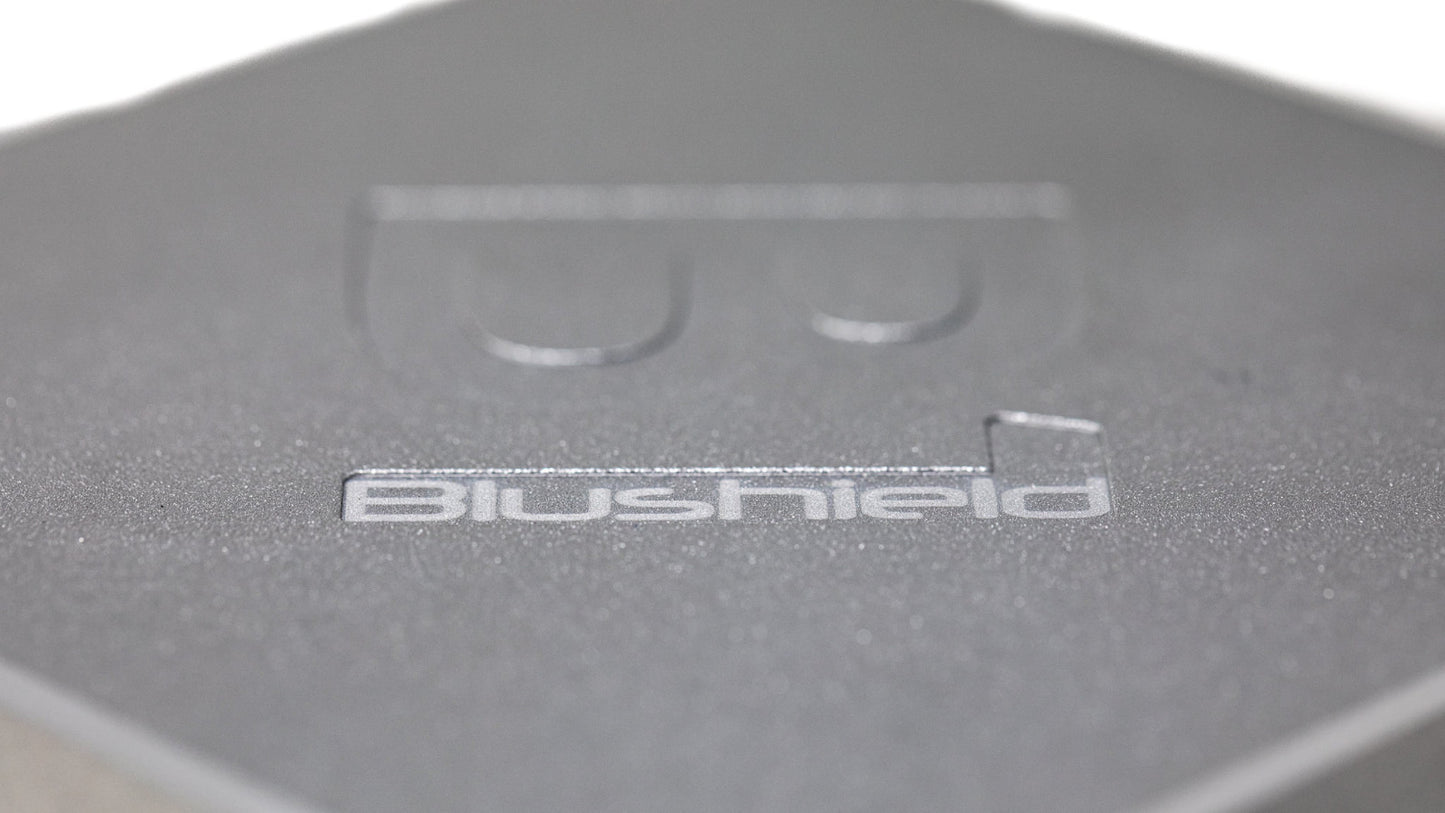
Bluetooth headsets are the current popular choice for listening to music, making hands-free phone calls, and any other digital communication that requires both speaking and listening, and their popularity has been increasing significantly over the past several years. The convenience of these wireless devices is irresistible to many; no wires to get in your way, and no need to talk directly into your phone when making calls.
Studies have suggested that the radiation you absorb from talking on your phone using a Bluetooth headset is less than talking with your phone right up to your head. But how accurate is this, and does this mean this popular technology is safe? If not, what alternatives do we have that can do the job as well as wireless headsets, but are safer choices for our health?
How Bluetooth works, and the flaws of the SAR rate
Bluetooth technology works by emitting wireless microwave radiation from a transmitter in the base device, to a receiver that sits right next to the headset or ear buds in your ears. Bluetooth headsets use short-range signals in the 2.4 Ghz band, the same spectrum as Wifi and microwave ovens. This is a higher frequency than the spectrum cell phones operate in.
Most Bluetooth wireless headsets are considered Class 2 Bluetooth devices, with a 2.5 mW output and a 20-30 foot range. However, be aware that some of the newer headsets on the market, such as the Apple AirPods and the Beats headphones, are being sold as Class 1 Bluetooth, boasting a far more powerful 300-foot transmission range. Class 1 devices operate at 100 mW, which is a 40 times stronger radiation output than previously popular headsets!
There is a widespread assumption by the telecom industry and researchers that since wireless technology, including Bluetooth, is considered non-thermal and non-ionizing radiation, that it is harmless. Therefore, industry safety standards focus entirely on keeping their devices under a certain level of thermal absorption effect on the body that someone stated as being safe around 20 years ago. This means how much it heats up tissue in its proximity. This standard is called the SAR (Specific Absorption Rate).
Not only are the thermal effects not even close to the most dangerous aspect of wireless radiation, but many independent researchers believe that the SAR rate is still set way too high to protect health! A lot of people can tangibly feel the thermal effect of their cell phones when they talk on their phone with it next to their heads. Many people will feel an obvious heating effect, and it’s not uncommon to get a headache on the side of your head the phone is held up to, which goes away shortly after moving the phone away – or even more telling, the headache switches sides when you switch your phone to the other side of your head!
Long term, chronic exposure so close to the brain
The industry claims that the radiation output of Bluetooth is too low to harm health. However, weak electromagnetic fields have been shown to be detrimental to health, especially when the exposure is long-term and constant, and in very close proximity to a vital organ. This is exactly how Bluetooth headsets are used. No one buys a headset so they can use it only occasionally, or for brief periods. More likely, they use it daily, sometimes for long periods of time.
This chronic use, and the location of the signal receivers being as close as physically possible to the inner ear and brain, is asking for trouble. The telecom industry states that the body only absorbs a fraction of the radiation from Bluetooth earbuds than what a cell phone emits, but Dr. Joel Moskowitz states that in actuality, because of the much closer proximity to the inside of the head, Bluetooth can affect the head specifically at a third to half of the level of a cell phone! Not as safe as we’ve been led to believe.
So close proximity combined with the more chronic levels of exposure, as people tend to use their headsets considerably more often than holding the phone up to their head (especially while listening to music), and the dangers of radiation exposure using wireless headsets very likely surpass the dangers of using your cell phone.
This becomes even worse if your phone is anywhere against your body while you’re using Bluetooth (or any headset), like in your pocket. When your phone is actively transmitting information to a headset, wireless or not, it emits far more radiation than when it’s not being used.
As reported in Renal and Urology News in 2009, a study done by the Reproductive Research Department of the Cleveland Clinic showed that a cell phone in the pocket of a male, in talk mode and transmitting to a Bluetooth headset, caused significantly reduced motility and viability of the sperm exposed to the radiation, and an increase in free radicals. In recent years, more than a dozen studies have been published by other groups that support the Cleveland Clinic’s findings.
Are wired headsets better?
The answer is yes, and no. The problem with wired headsets is that the wires act like an antenna, amplifying the radiation from your phone right into your head. Additionally, wired headsets emit their own radiation, independently from your phone.
Using the speaker phone option on your phone when you make a call, when possible, is a safer approach than either Bluetooth or wired headsets. Also, if you’re using any headset, make absolutely sure that your phone isn’t held anywhere against your body, such as in your pocket.
A completely safe option for hands-free cell phone use
We have established that wireless and wired headsets are both risky choices for your health. What degree of risk there is remains to be established, but we think you are much better off playing it safe, rather than making yourself the test subject! Head exposure to radiation has been linked with cancer, autism, brain tumors, premature hearing loss, hair loss, and a weakening of the blood-brain barrier.
Widely held concern over the radiation exposure of headsets has resulted in a technological innovation called the AirTube headset. With excellent sound quality and an attractive appearance, AirTube headsets reduce radiation exposure by 99.9% by utilizing a tube of air that converts the microwave signal to an acoustic waveform. These headsets can be found from multiple companies online. A simple search will yield quite a few options.
We understand that being attached to your device by a cord can be uncomfortable, or downright annoying. Opting to microwave your brain, risking all of these negative health outcomes, however - just to avoid a cord - is not a good trade off.
References:
EMF Portal: “Bluetooth” – https://www.emf-portal.org/en/emf-source/284
Renal and Urology News: “Cell Phone Use Could Damage Semen” – https://www.renalandurologynews.com/home/news/urology/reproductive-medicine/cell-phone-use-could-damage-semen/

